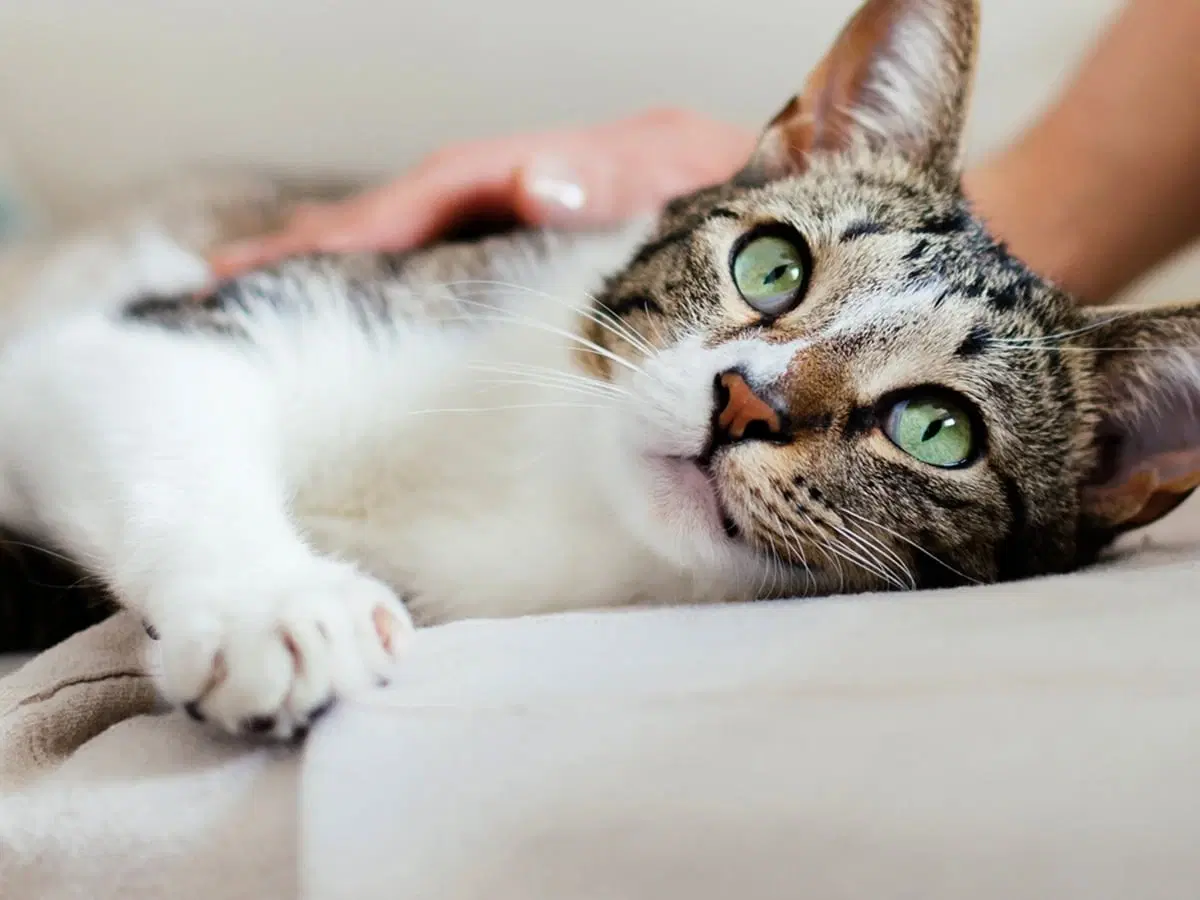Cats, with their mysterious ways and independent spirits, capture our hearts. But did you know there are unique terms for female cats depending on their age, reproductive status, and even if they're purebred? Let's dive into the world of female cat names and explore the fascinating language surrounding these captivating creatures.
What is a female cat called?
The most common name for a female cat is "Molly." This term applies to female cats of any age, much like "tomcat" is used for male cats. It's particularly common when referring to a spayed female cat who can no longer have kittens. The origin of the word "molly" remains somewhat unclear, with some believing it stems from the Latin word for "soft" or "gentle."
What is an Unspayed Female Cat Called?
Before being spayed, a female cat is called a "queen." This term comes into play when a cat reaches sexual maturity and experiences her first heat cycle.
Why are Female Cats Called Queens?
The term "queen" is closely associated with the act of "queening," which refers to the birthing process in cats. A pregnant or nursing cat is always referred to as a queen. Interestingly, many feral cat colonies operate in a matriarchal system, with a senior queen-like figure overseeing the community.
Which cats are called "Dams"?
If you're involved in the world of purebred cats, you'll often encounter the term "dam." This refers to a female cat specifically used for breeding purposes. It likely stems from the word "dame," signifying a woman of status or seniority, reflecting the valuable role of a dam in producing future generations of a particular breed.
Does the Behavior of Girl Cats Change?
While each cat has its unique personality, there are some general behavioral shifts you might observe as your female cat progresses from a molly to a queen, and potentially to a dam:
Molly (Spayed Cat): Spayed cats tend to be more playful and less prone to the intense hormonal fluctuations that unspayed females experience.
Queen (Unspayed Cat): Unspayed females in their heat cycle can become very vocal, restless, and may exhibit affectionate or even clingy behavior towards humans or other cats.
Dam (Mother Cat): Expect a mother cat to become fiercely protective of her kittens. She'll dedicate her energy to nursing and may display increased territorial behavior.
Are Female Cats More Affectionate?
There's no substantial evidence to support the claim that either male or female cats are inherently more affectionate. Affection levels in cats are influenced by various factors, including their neutering/spaying status, breed, personality, past experiences, and even, in some cases, their coat color!
What is the Typical Behavior of a Female Cat?
Female cats tend to enjoy their independence, often content to nap and entertain themselves. Even when spayed, their nurturing instincts often shine through. While they might express affection in subtler ways than some male cats, their loyalty and devotion to their owners are undeniable.
What is a Male Cat Called?
A male cat is called a "tomcat" or "tom." This is primarily because they don't experience the same distinct reproductive stages as females. Their terms revolve more around their breeding status rather than different phases of their lifespan.
Where does the term "Tomcat" come from?
The name "tomcat" gained popularity due to a fictional character! In the 1700s, a book called "The Life and Adventures of a Cat” featured a charismatic cat named Tom who captivated many female felines. This story solidified the use of "tom" for amorous male cats.
Expert Insights From Spot
Spaying your female cat is an essential part of responsible pet ownership. Spot's data shows that the average cost to spay a cat is $341, typically done around 10 months of age. We've also processed over 1,100 pet insurance claims for spaying procedures. Spaying not only helps control the pet population but also offers numerous health benefits for your cat.
Frequently Asked Questions
Why is a female cat called a queen? A female cat is called a queen when she is unspayed or actively breeding, a term that comes from the word “queening,” which refers to giving birth.
What is a molly cat? A molly is simply a general term for an adult female cat that is not currently pregnant or nursing.
What is a young female cat called? A young female cat is typically called a kitten, the same term used for young male cats.
What are boy cats called? Male cats are commonly called toms, while an unneutered male used for breeding is referred to as a stud.
Key Takeaway
Understanding these terms offers a deeper appreciation for the complexities of cat terminology and the unique roles female cats play throughout their lives. Whether you have a playful molly, a majestic queen, or an esteemed dam, each name reflects a special aspect of your feline companion's journey. By recognizing these distinctions, we can better understand and appreciate the diverse and fascinating world of female cats.

As Spot’s resident cat enthusiast, I am dedicated to researching and sharing information that helps pet owners take the best care of their pets. Pet ownership comes with it’s share of challenges, but my goal is to help make this journey easier.
*Jan 2019 to April 2024 administrator claims data.
Cats.com. (2024). Are Male Cats More Affectionate Than Female Cats? In Cats.com. https://cats.com/are-male-cats-more-affectionate-than-female-cats
How to Spot the Personality Differences Between Male and Female Cats. (2021). In East Dallas Veterinary Clinic. https://www.eastdallasvetclinic.com/services/cats/blog/how-spot-personality-differences-between-male-and-female-cats
The information presented in this article is for educational and informational purposes only and does not constitute or substitute for the advice of your veterinarian.












